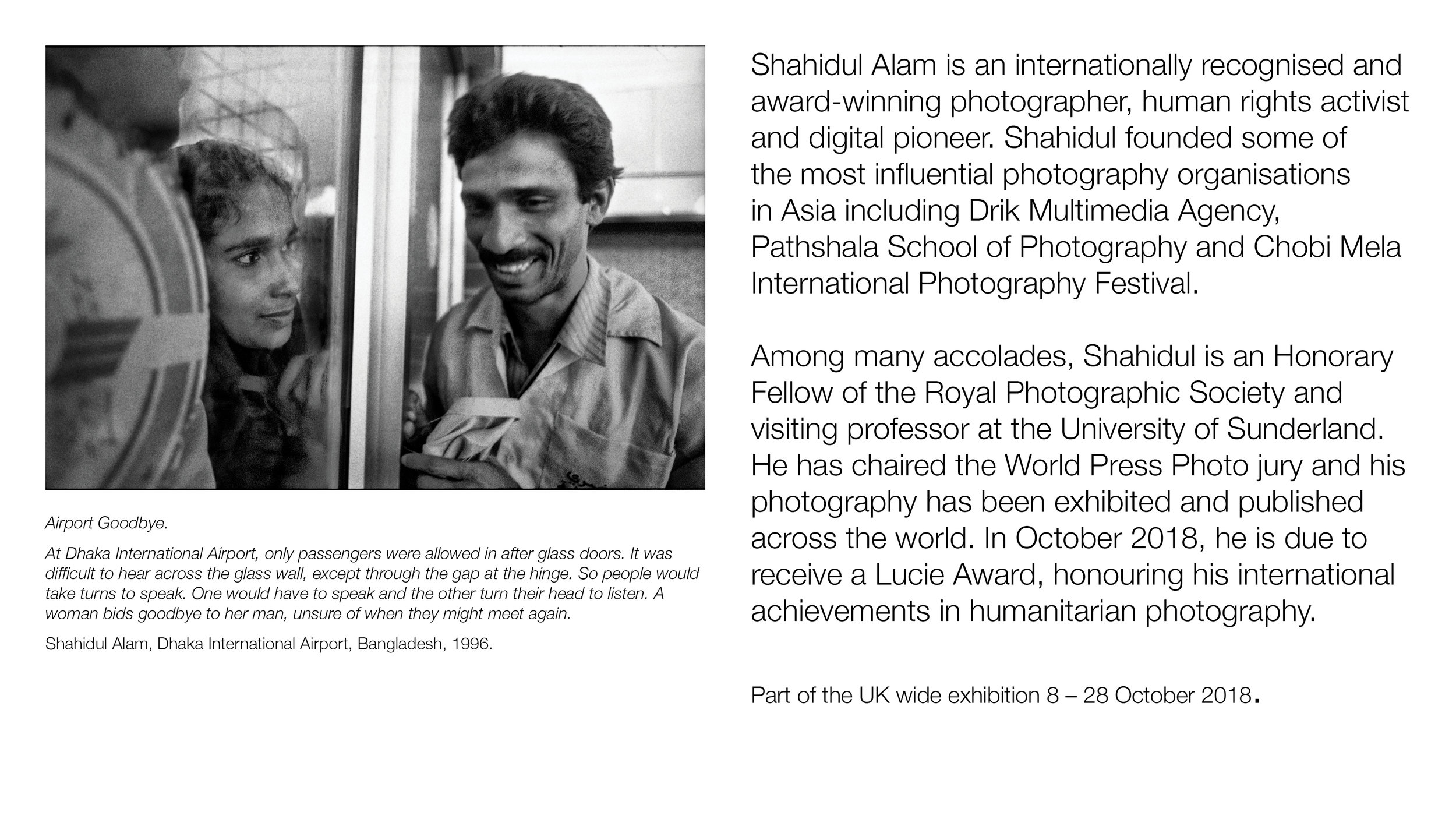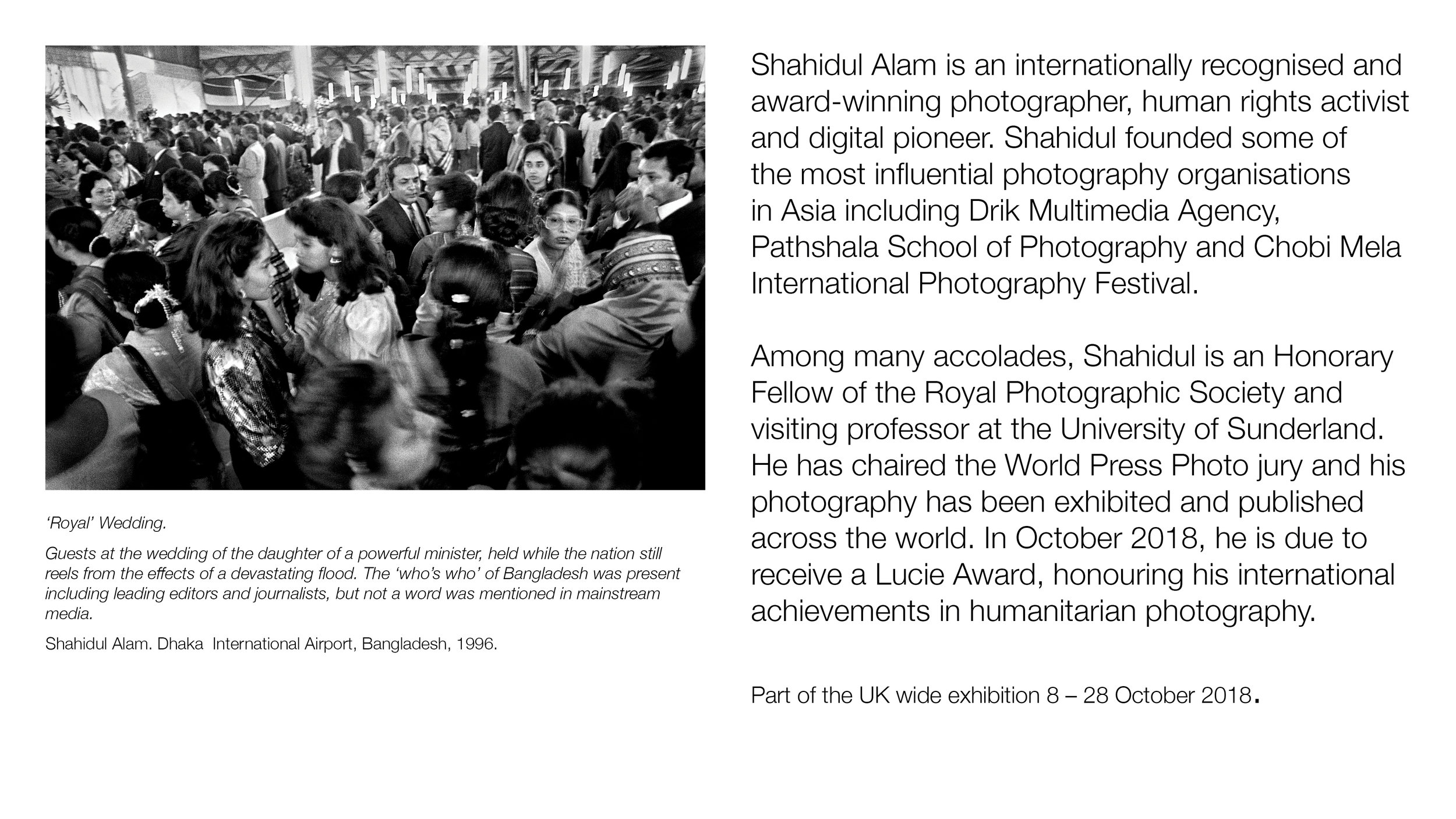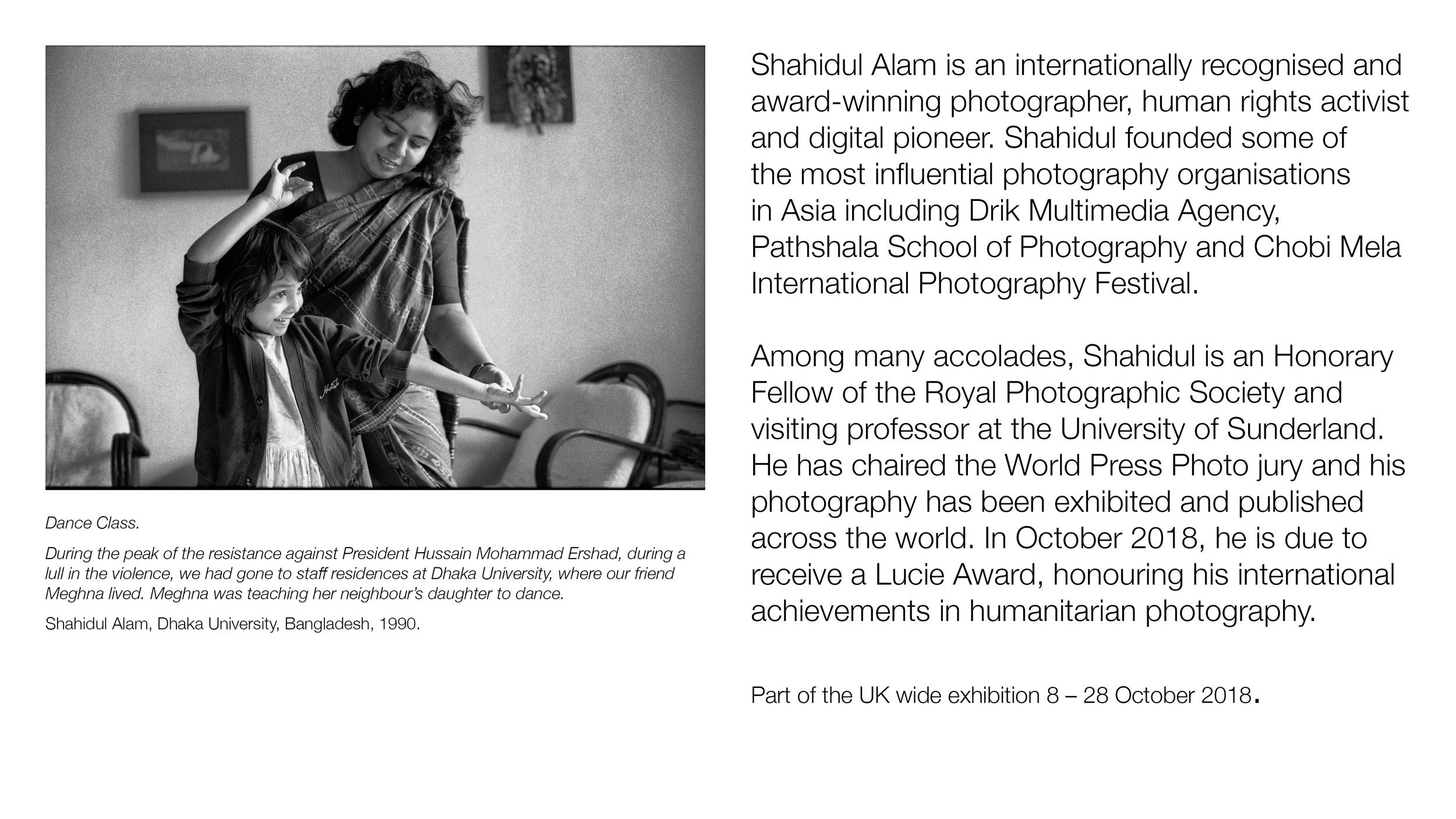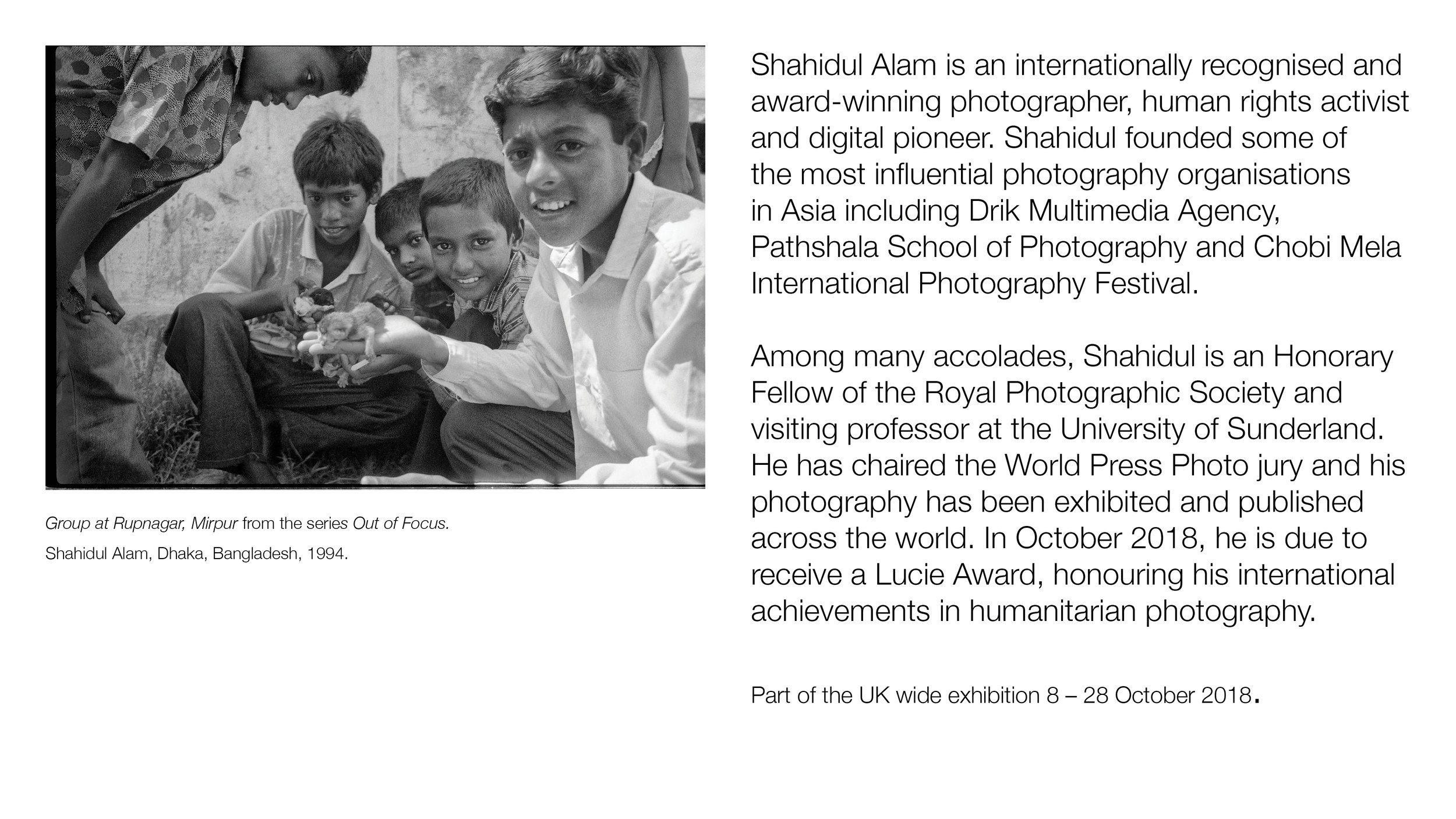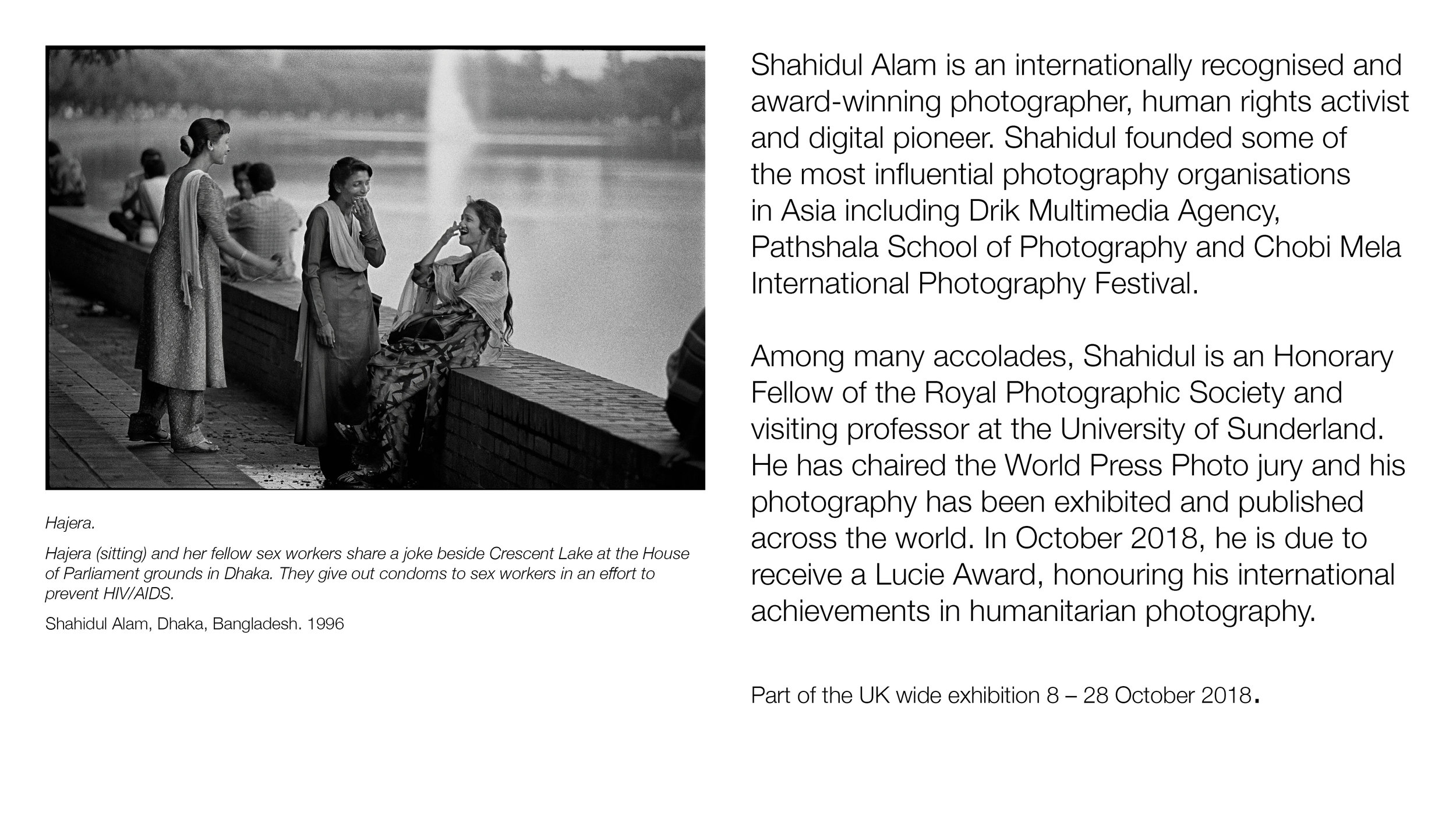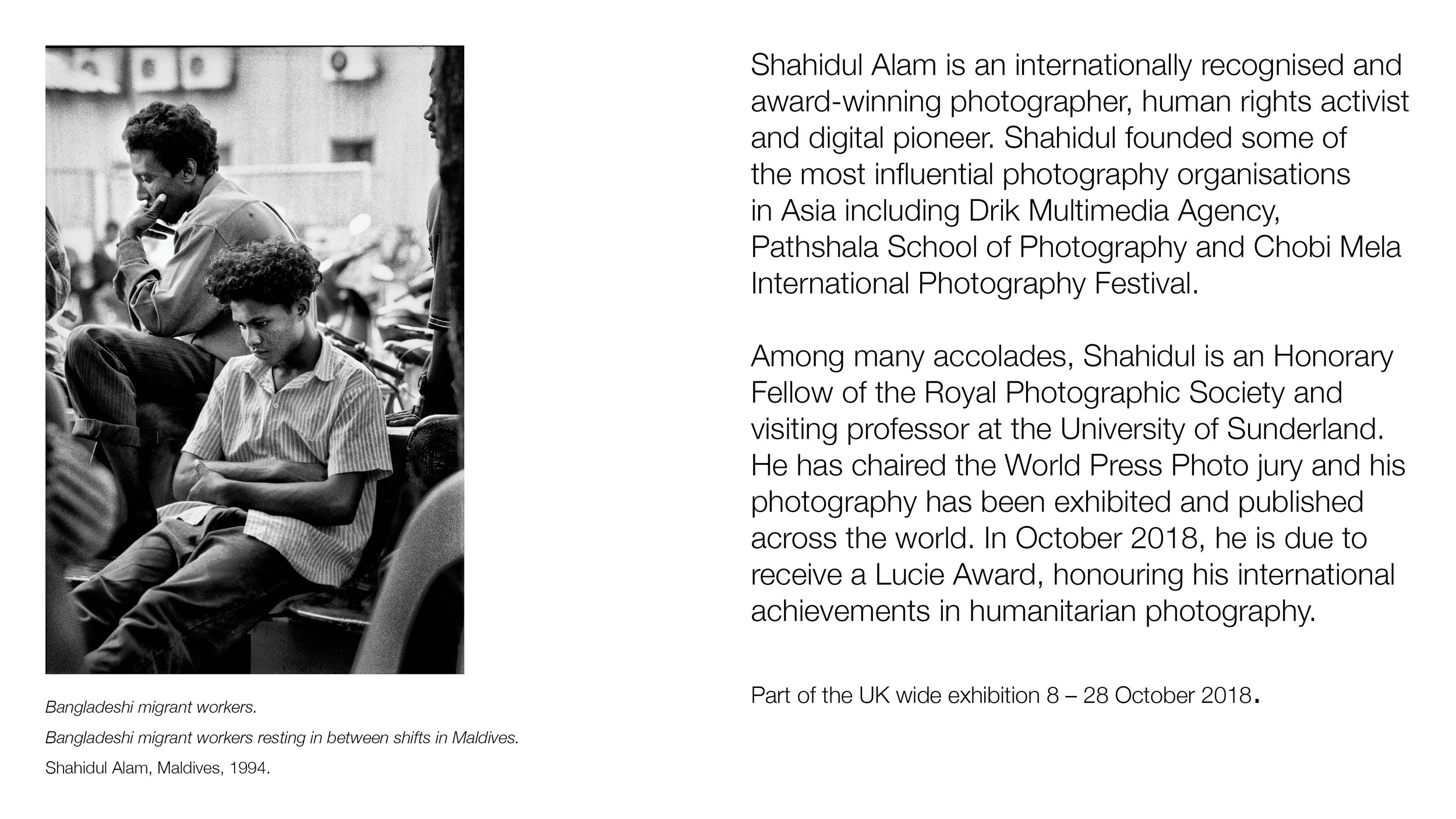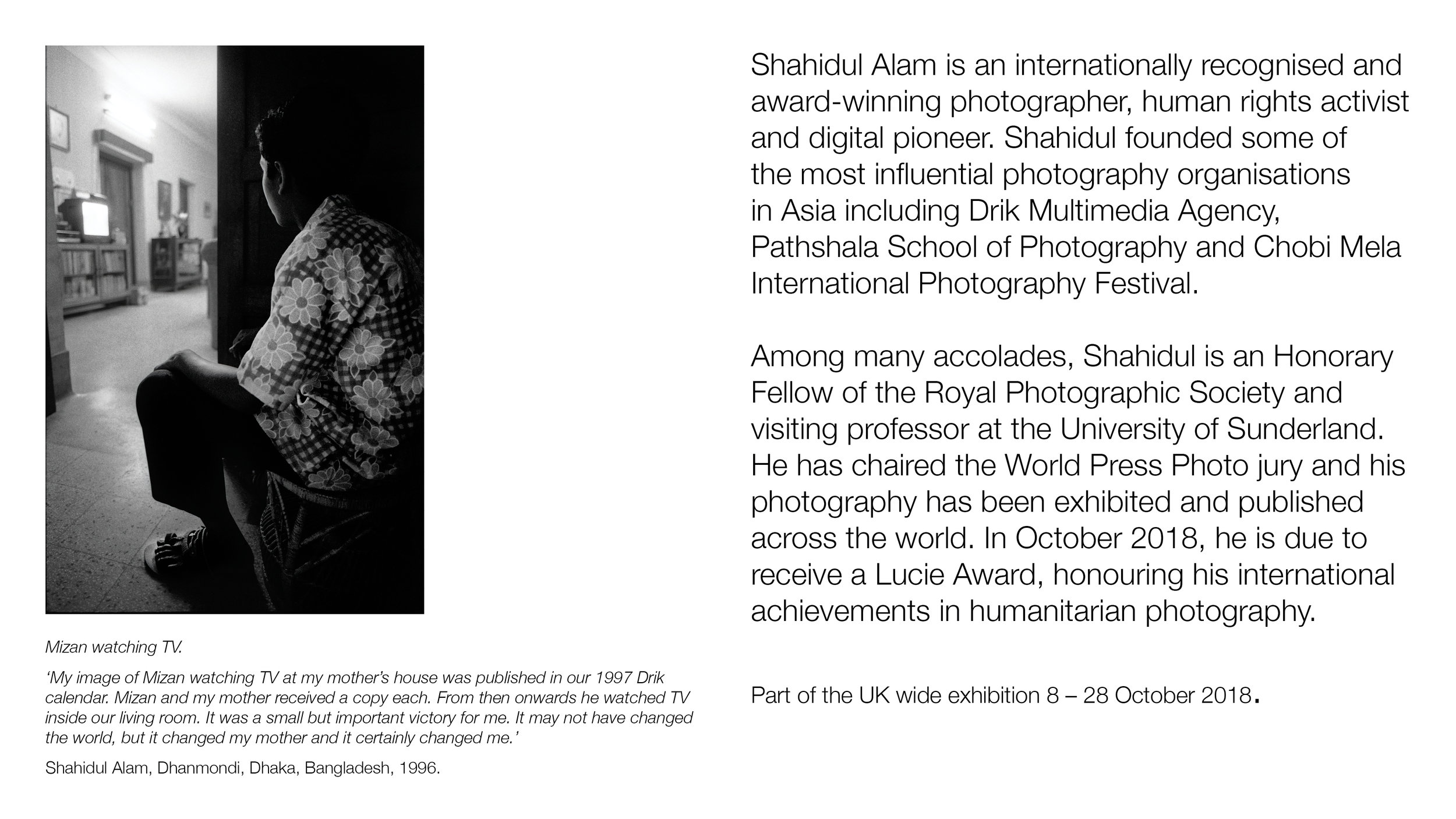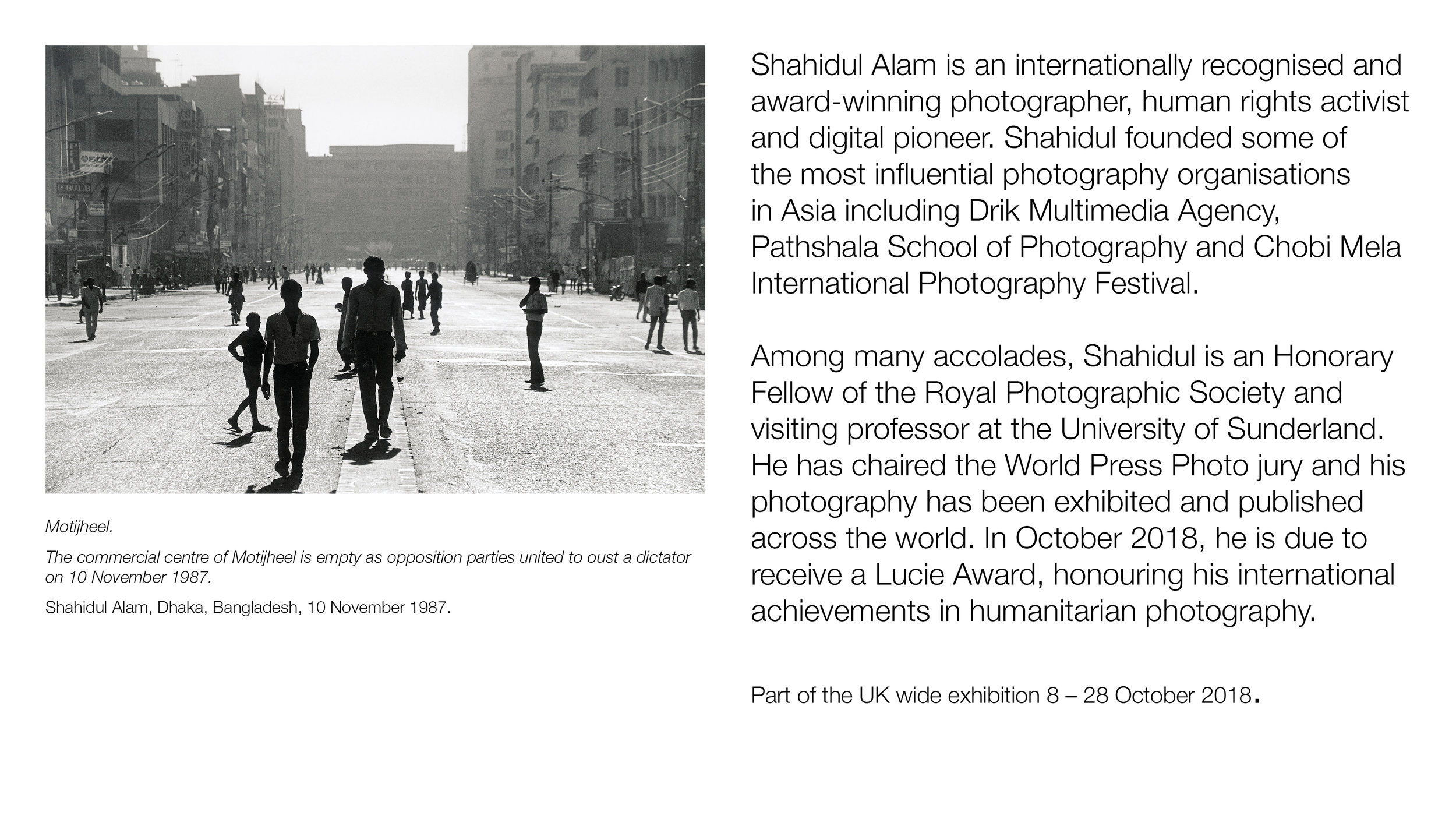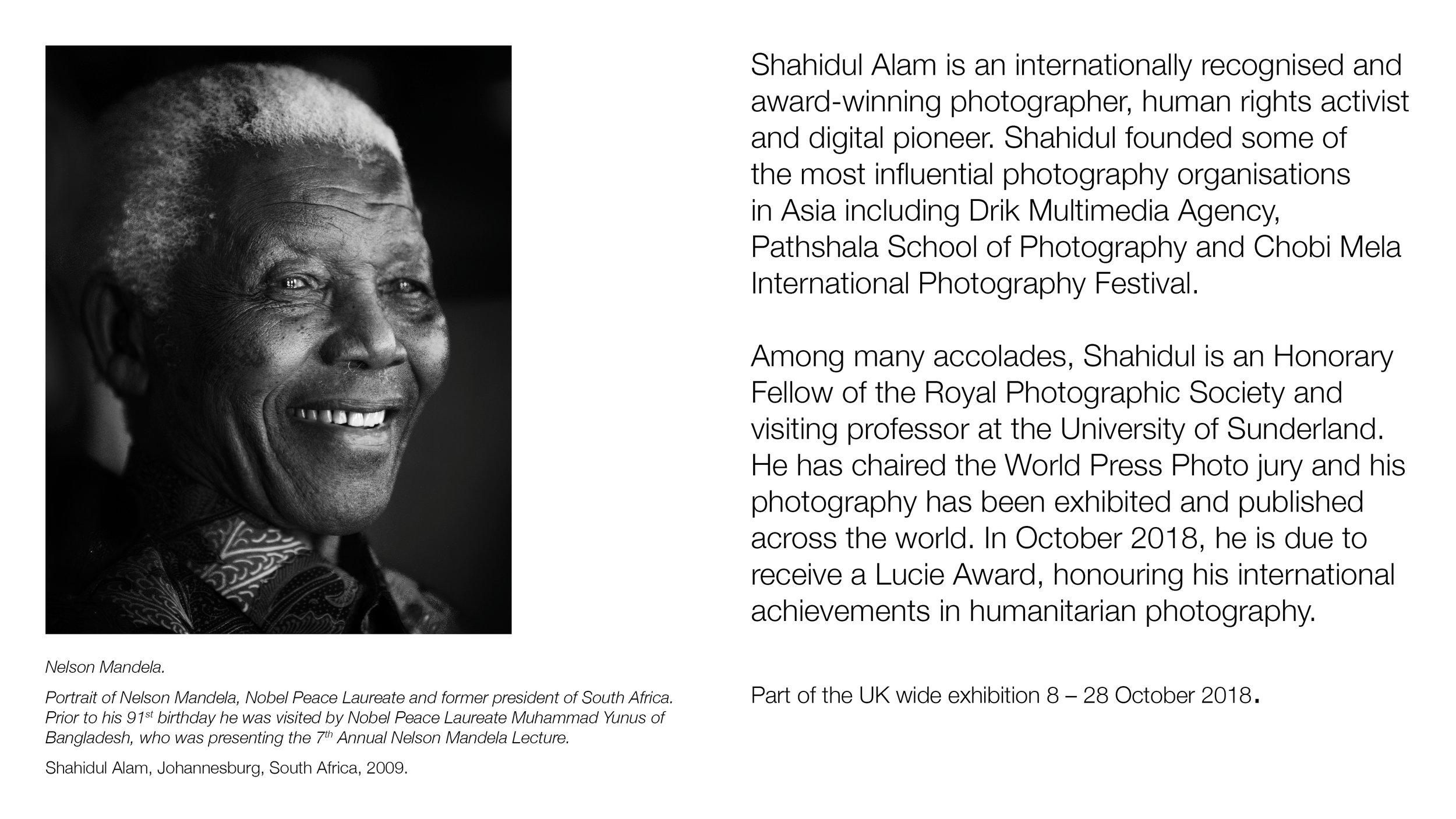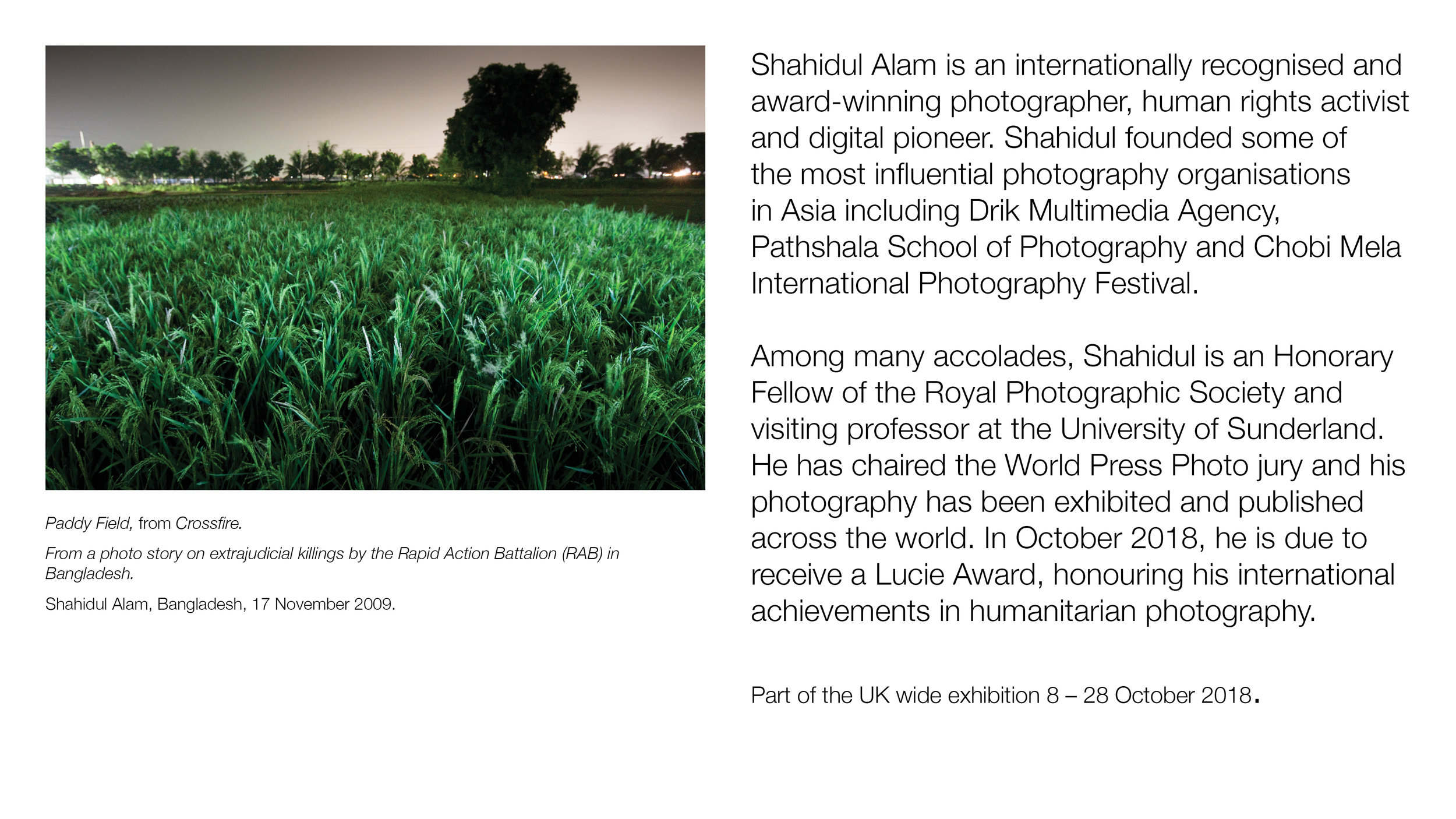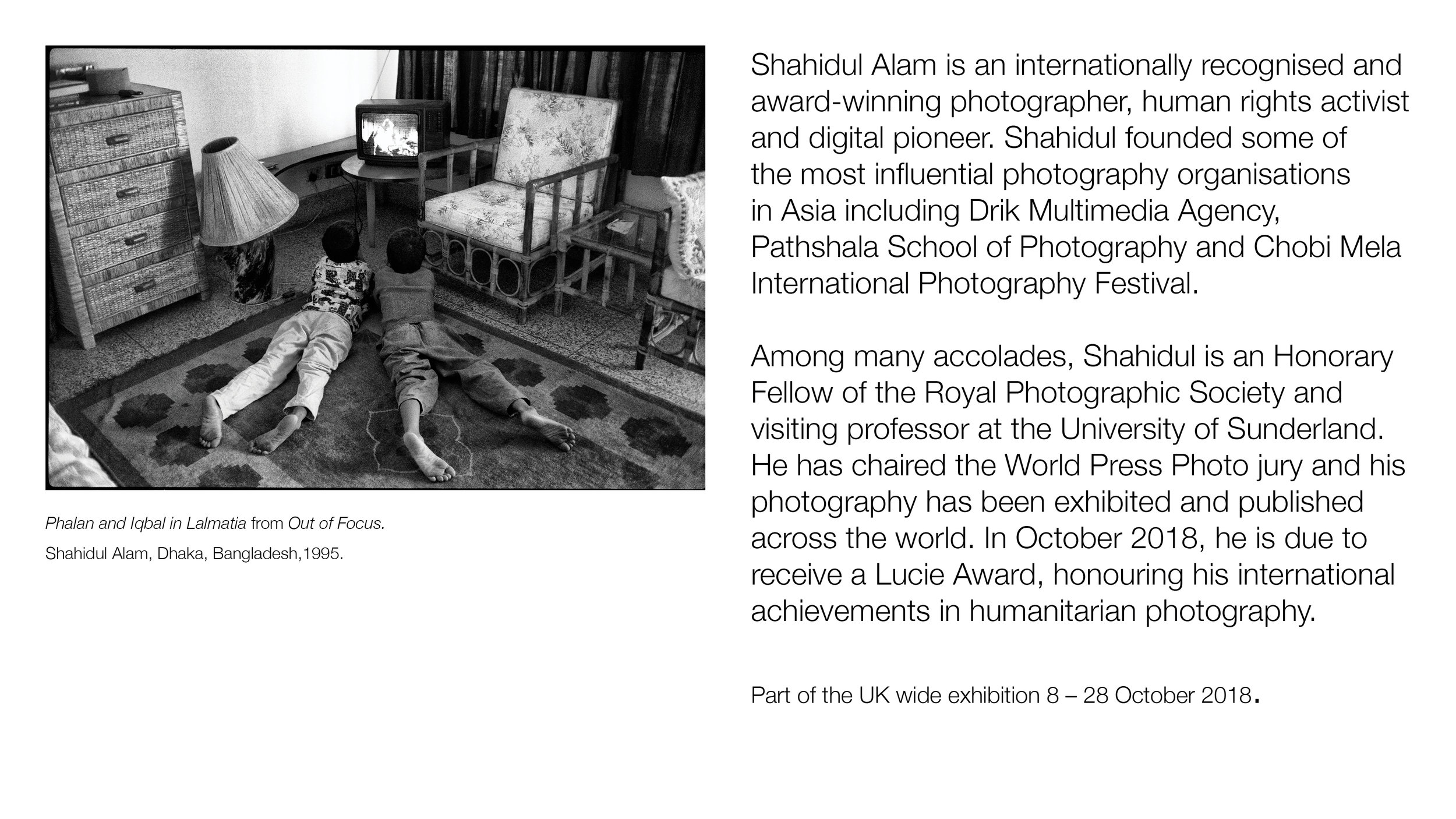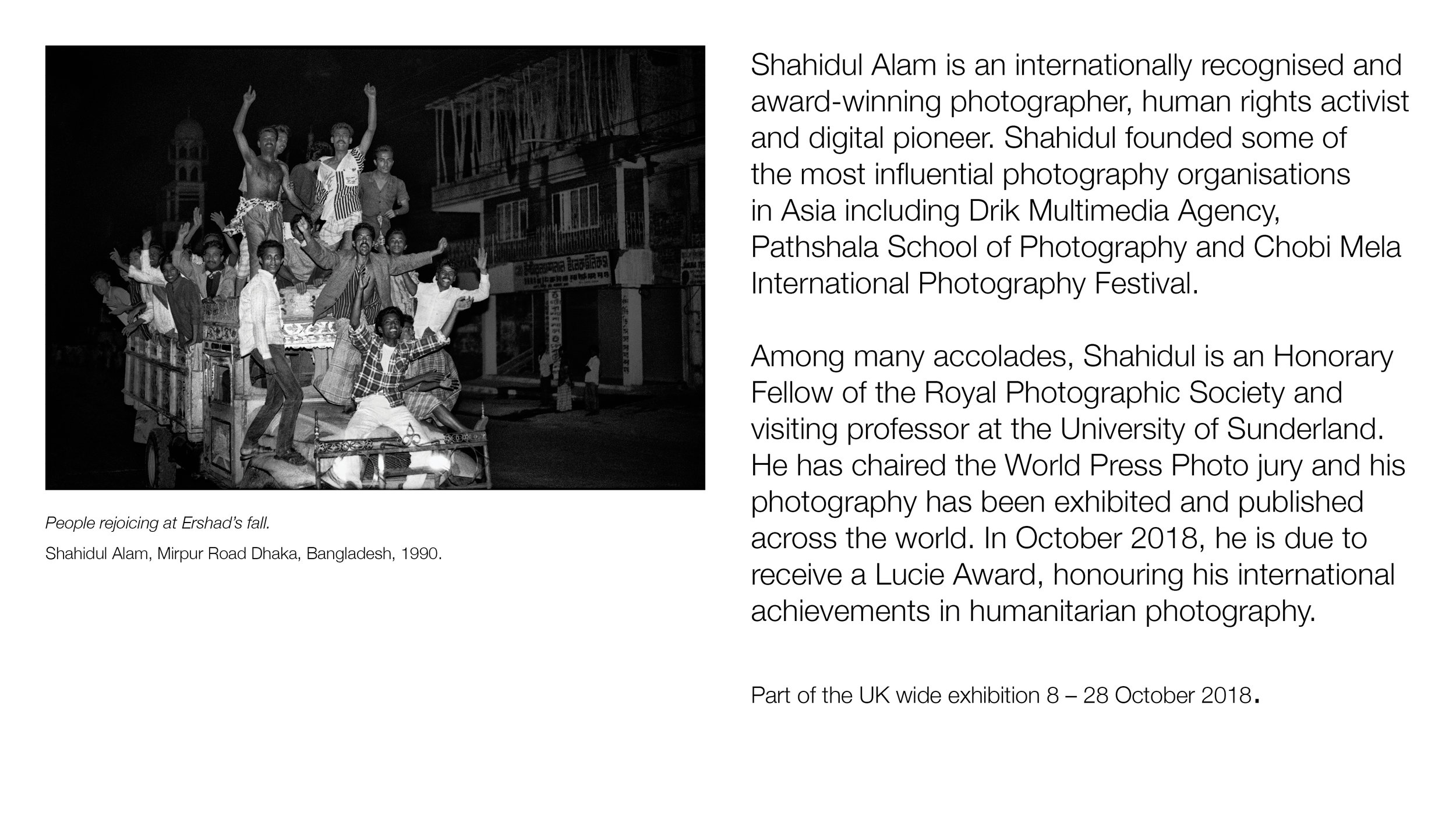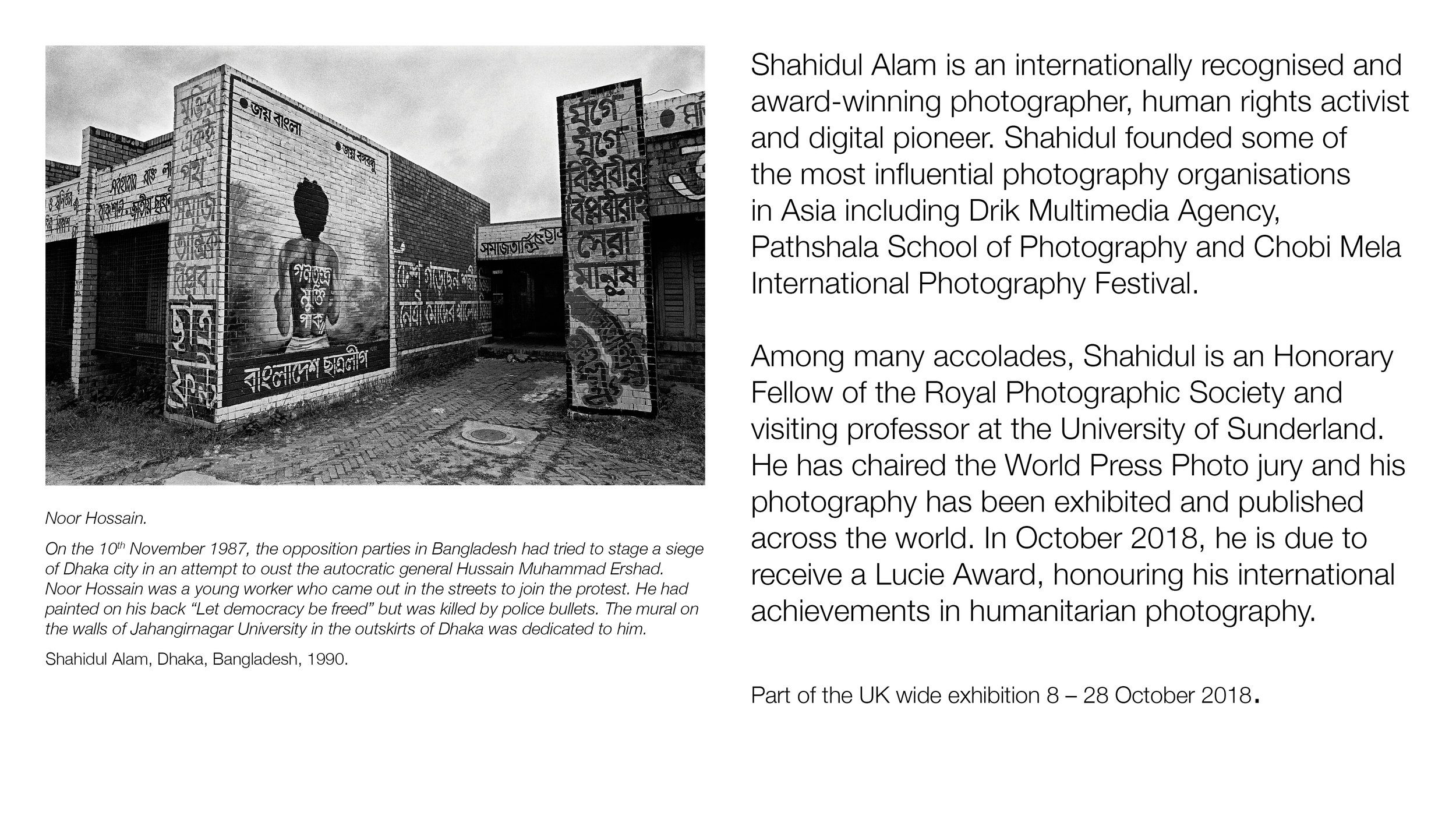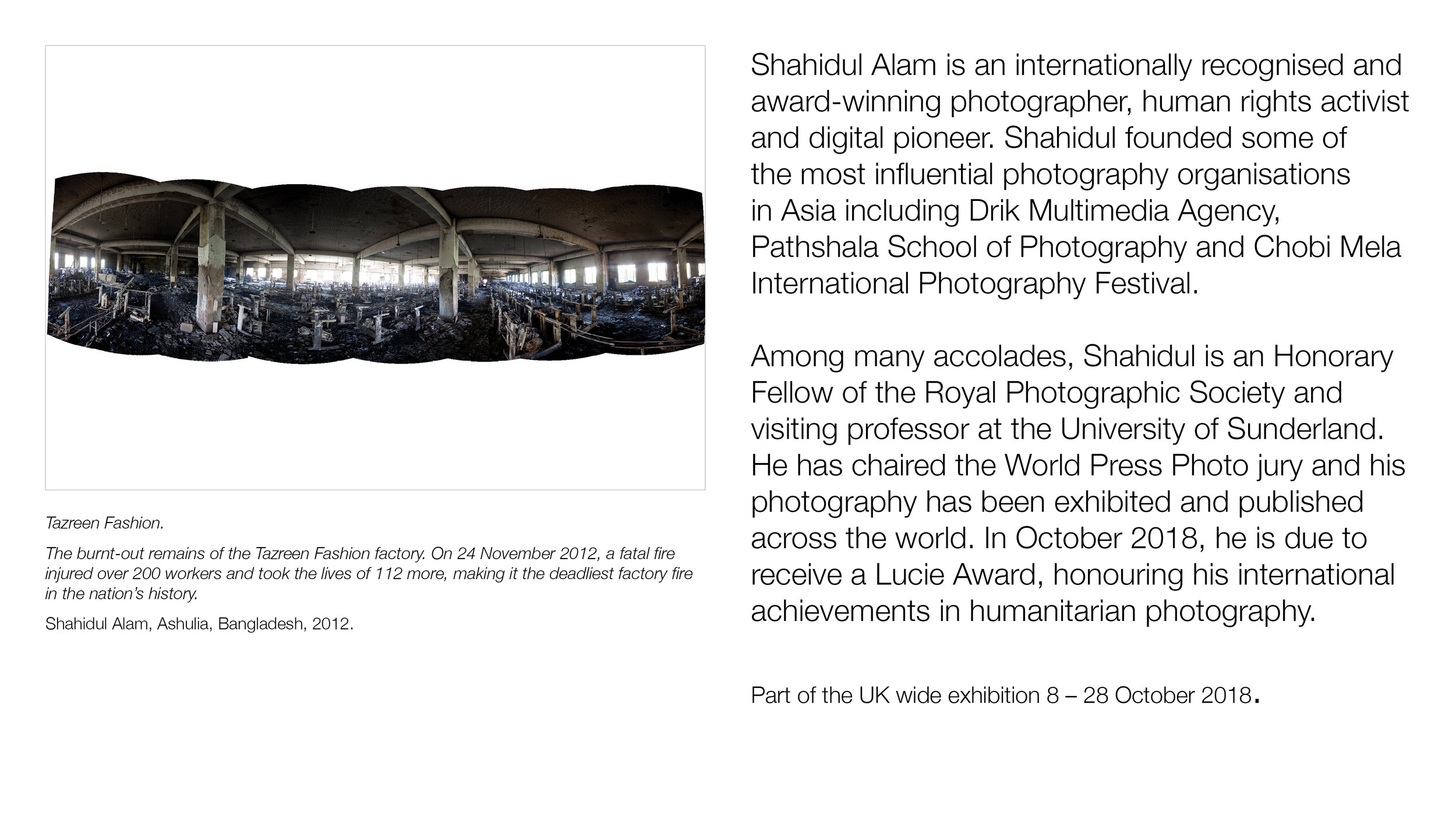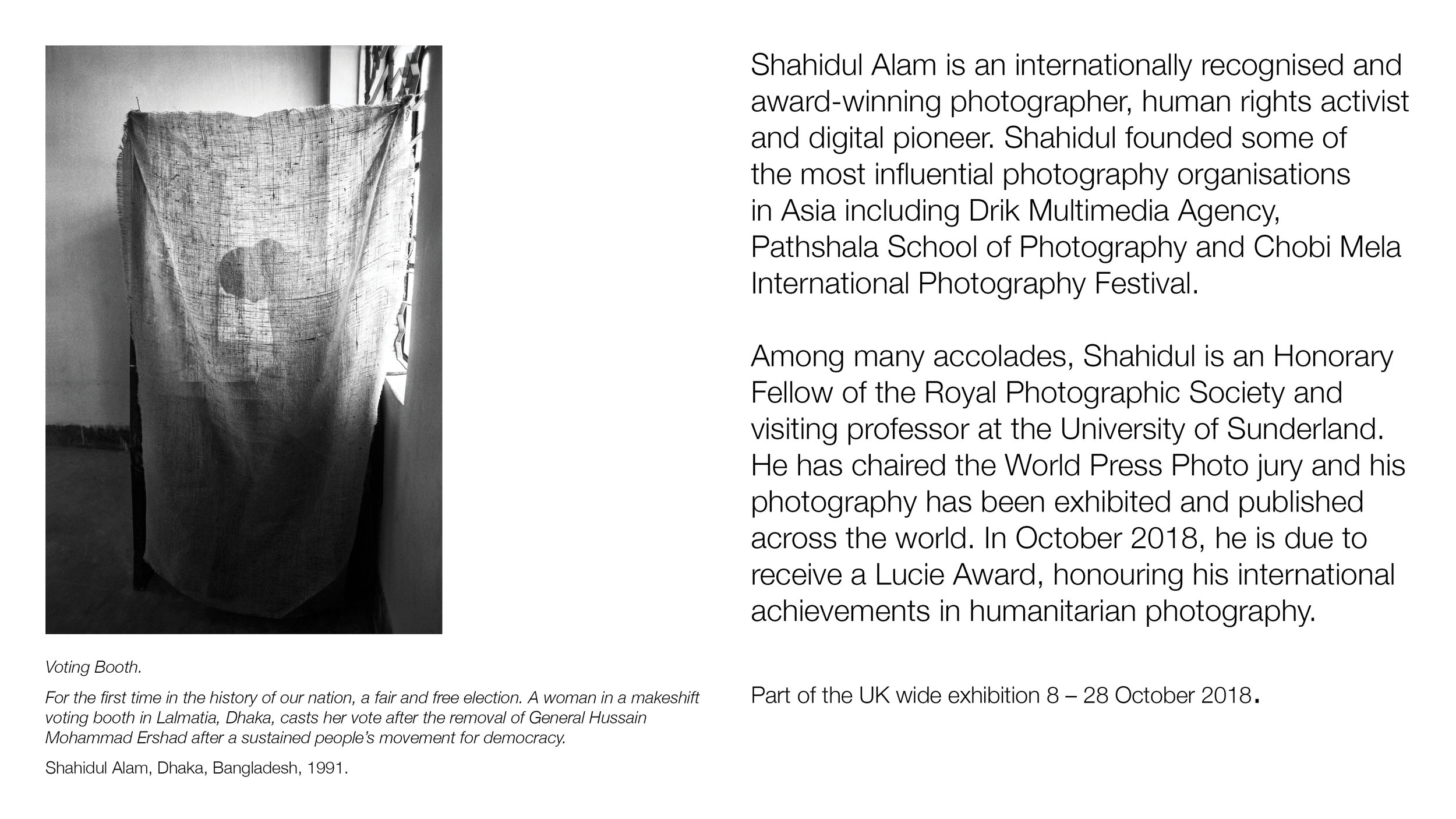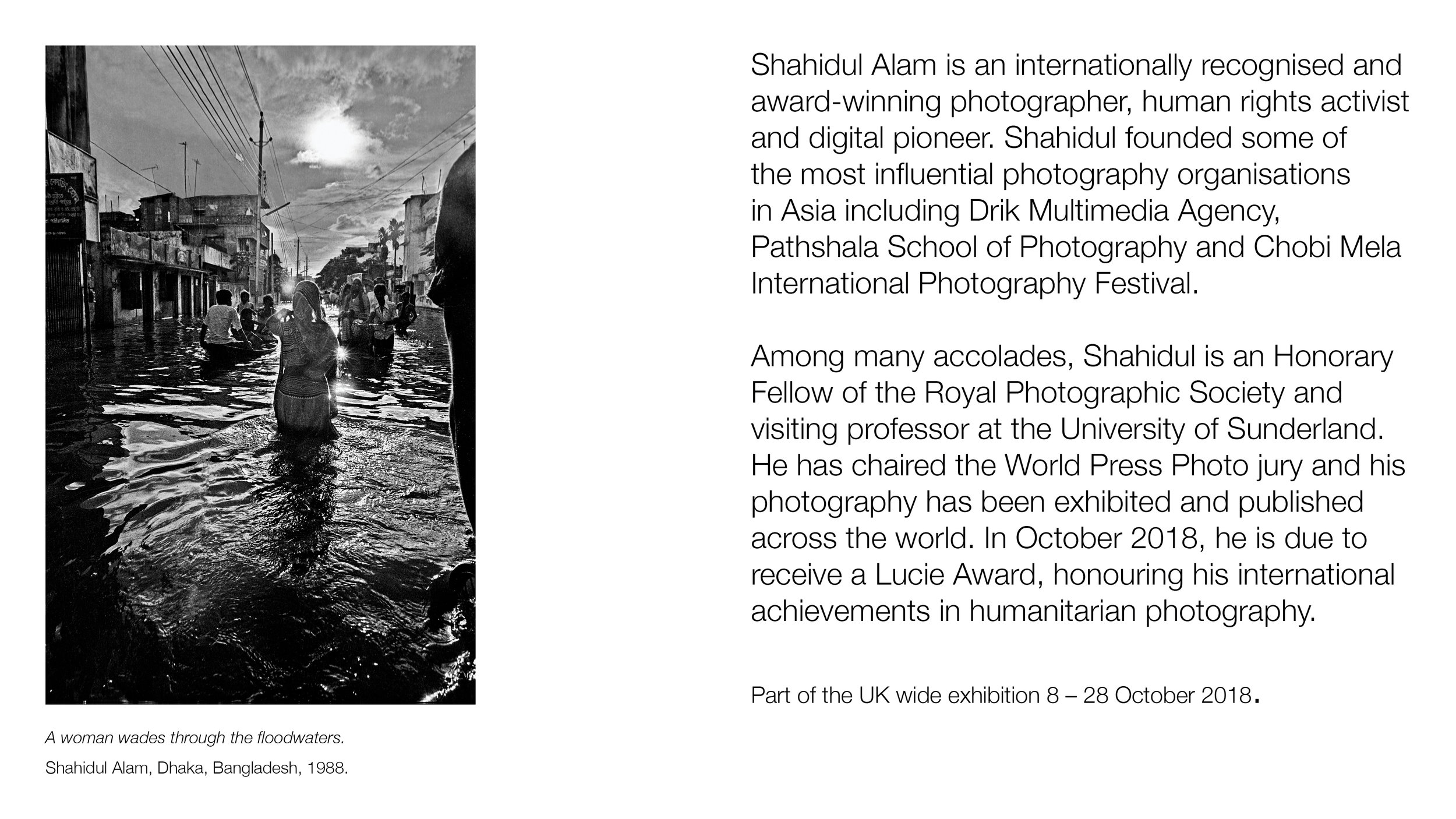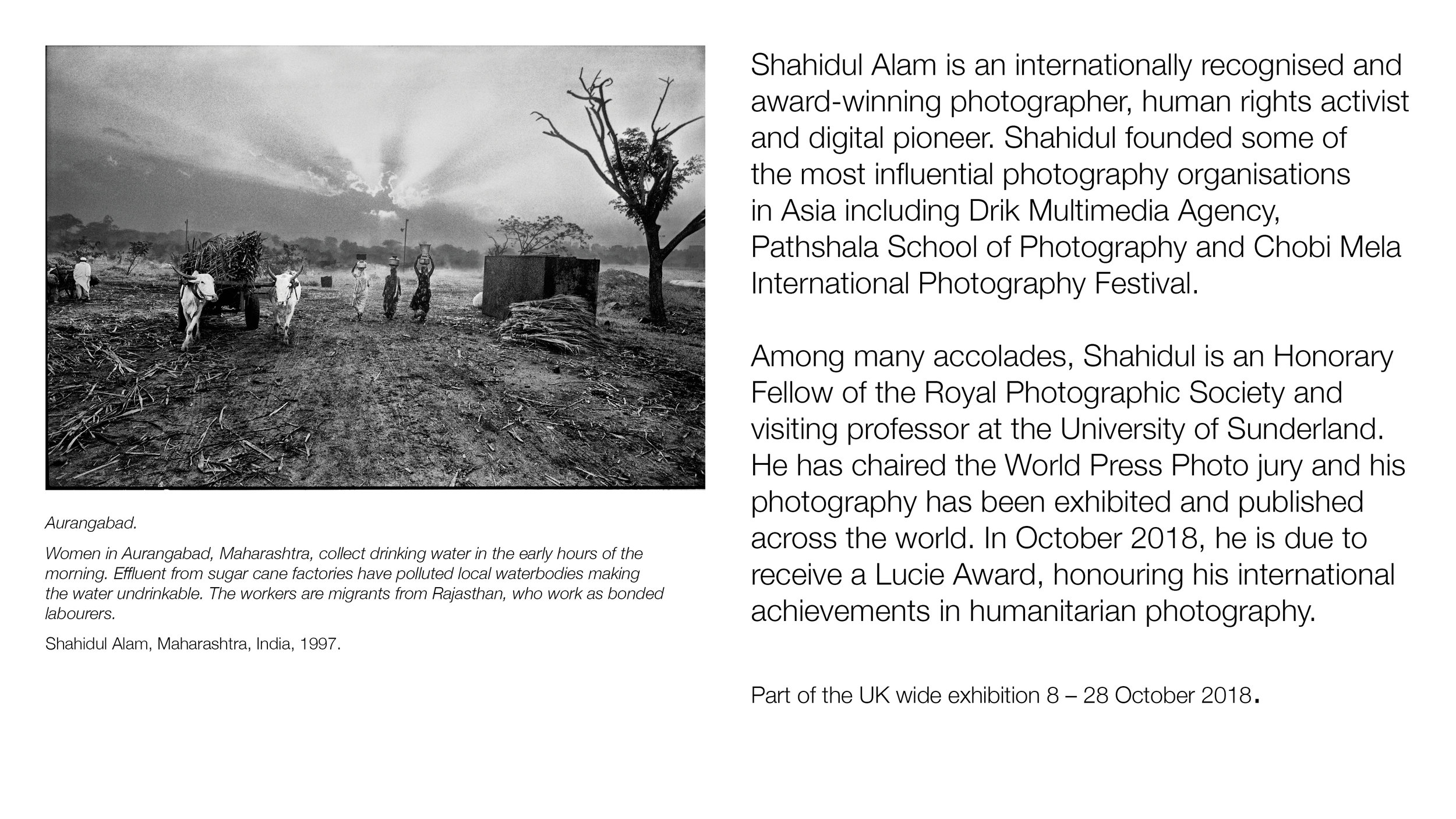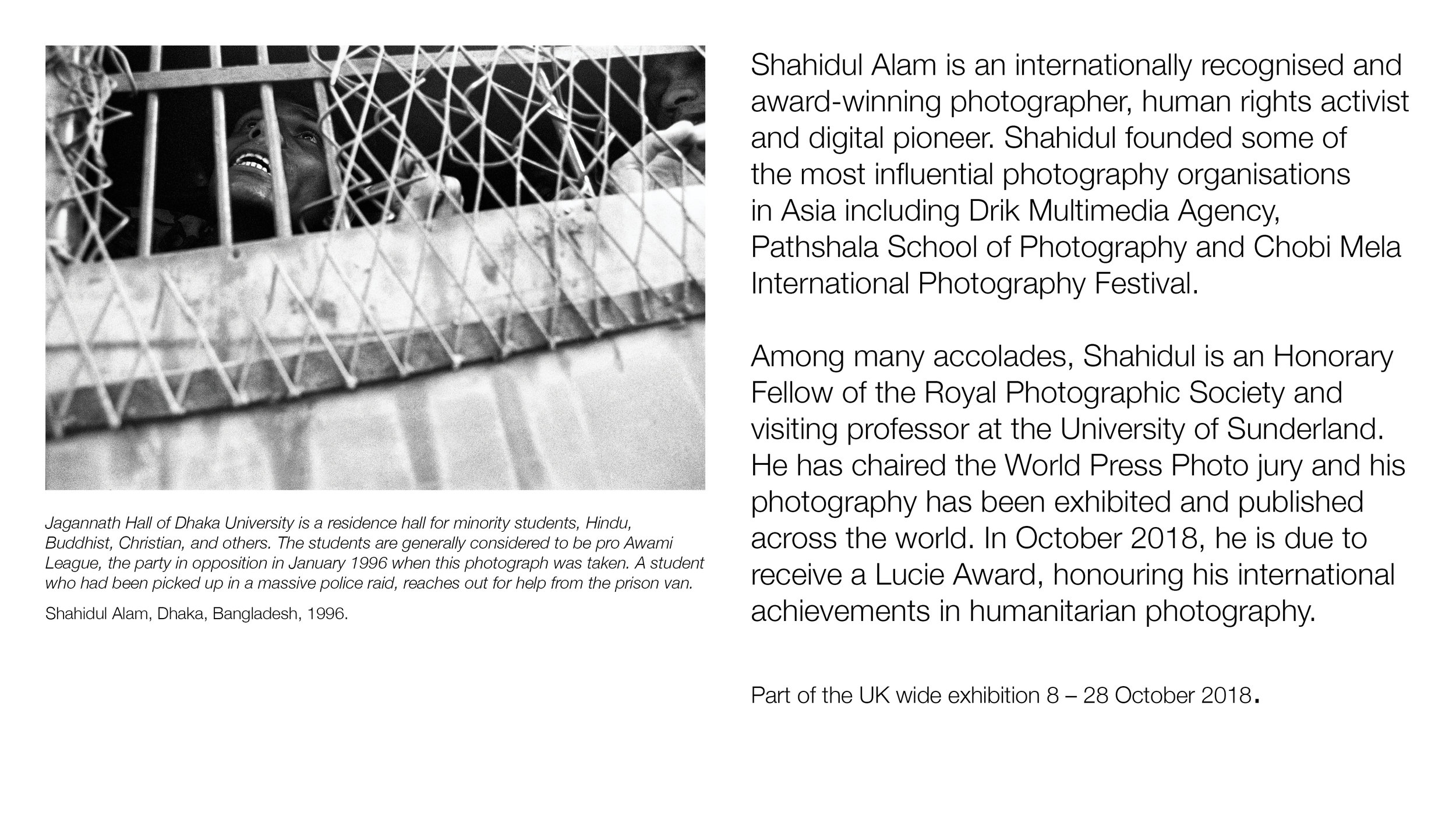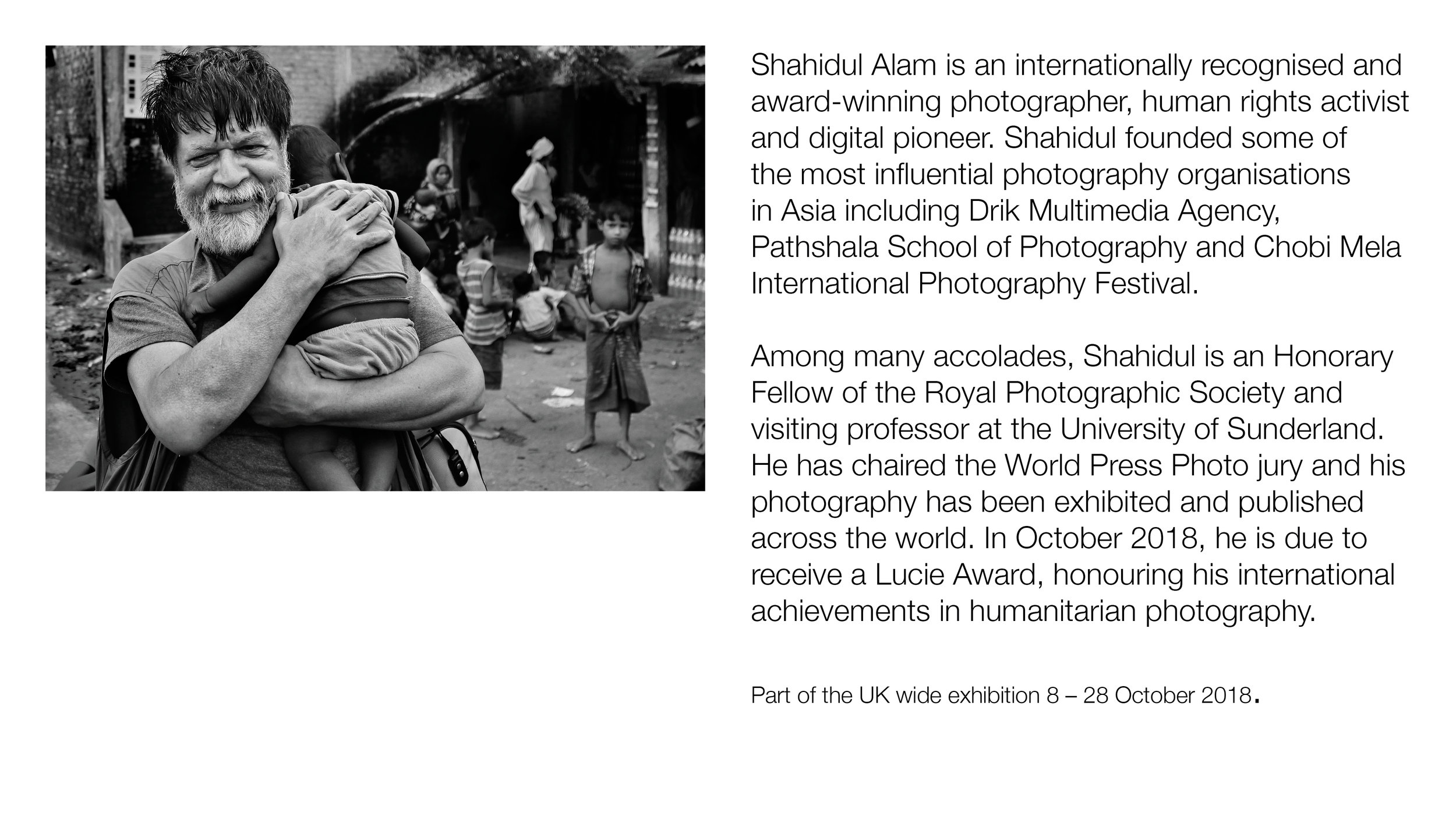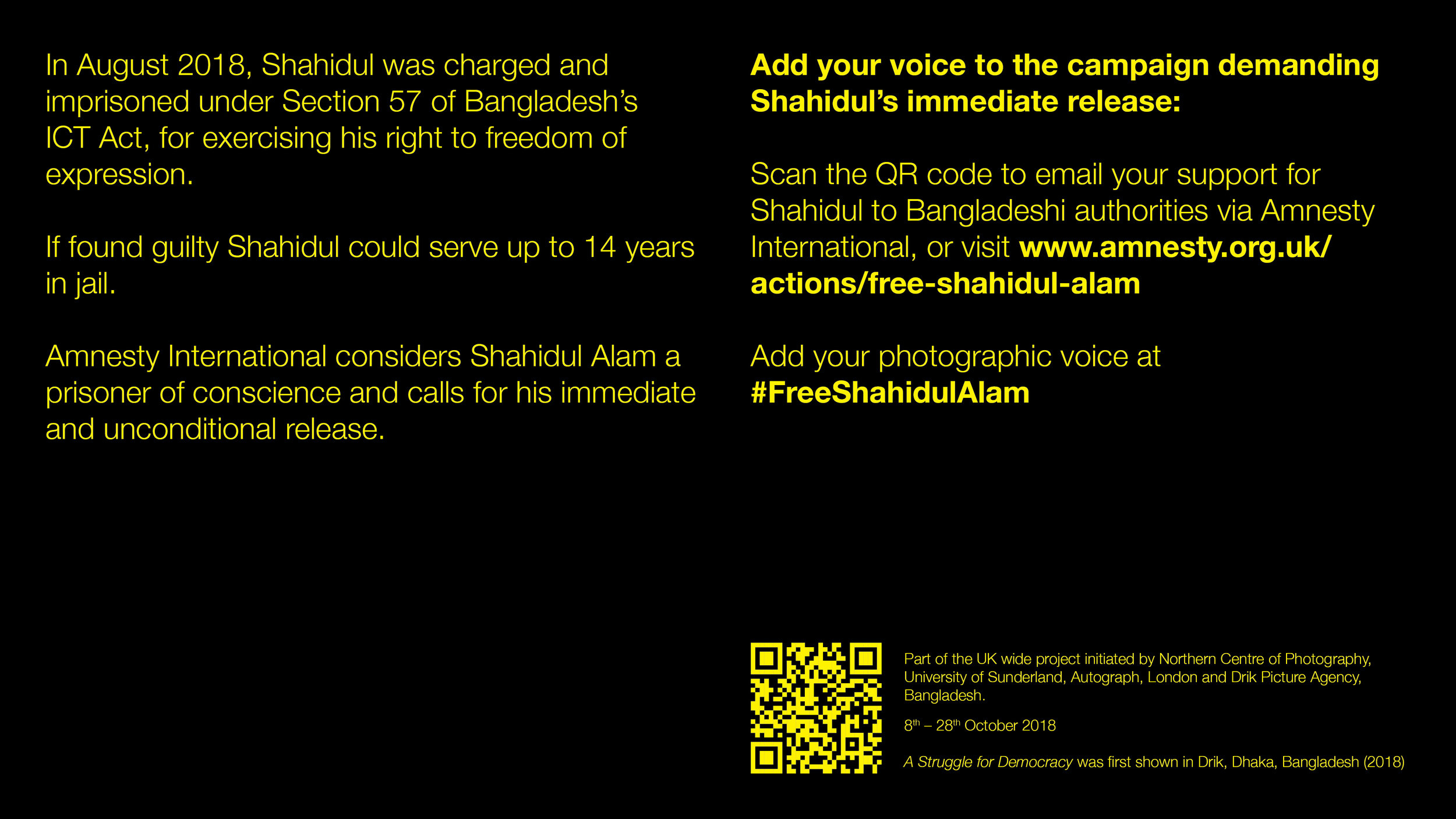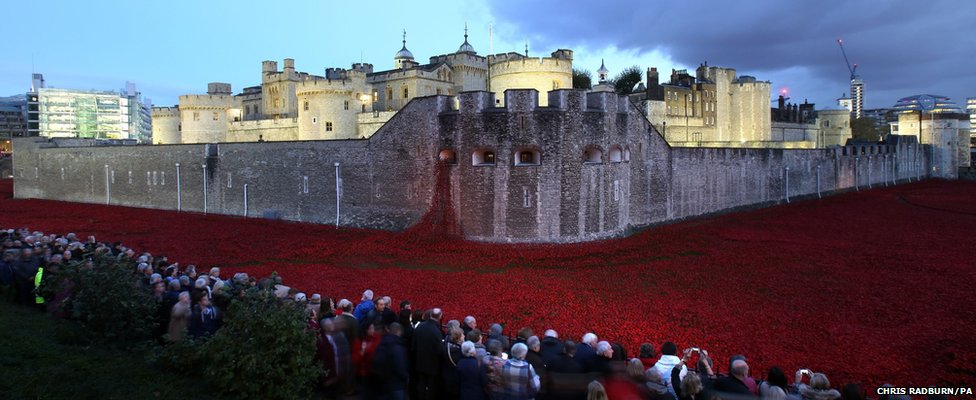Careful reconstructions … The Long Duration of a Split Second by Forensic Architecture at Tate Britain. (Turner Prize 2018). Photograph: Dinendra Haria/Rex/Shutterstock
The Photography department is running an educational visit to London to visit the exhibition ‘All I Know is What’s on The Internet’ at The Photographers’ Gallery in London. The Photographers’ Gallery also has an excellent Photo Book shop and Print Sales library which students can view.
Interested students can also join staff to see the Taylor Wessing Portrait Prize at The National Portrait Gallery or take the opportunity to photograph/ film London in the run up to Christmas.
Another option is to see Turner Prize 2018 at Tate Britain (£11 concs) which has a considerable amount of artists using video, film, moving image.
This is an opportunity for students to engage in primary research relevant to their upcoming final major projects.
We will be meeting outside Loxton Campus no later than 6.50am for a prompt departure at 7am. We will be leaving London at 7pm to return home around 11pm.
It is essential to bring a notebook, pens and a camera.
The cost of the trip is £25, which includes return coach journey and entry to the Photographers’ Gallery. Entry to the Taylor Wessing Prize will cost £3.50 with a student card.
It is also advisable to bring enough food to last a full day or sufficient funds to purchase lunch and dinner.
The trip is open to Photography and Film students. Book via the shop



